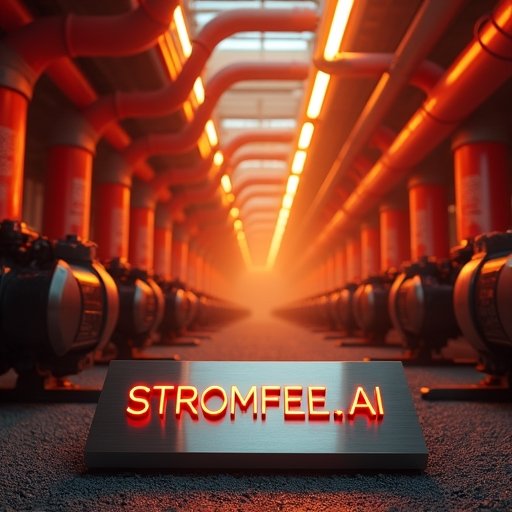
Energy Peaks and Power Plays: How Hotels Balance Their Energy Consumption

Energy Peaks and Power Plays: How Hotels Balance Their Energy Consumption
Views: 0
Hey everyone! 🌟 Are you curious about how hotels manage their energy? Let’s dive into some cool facts! ⚡️🏨
1️⃣ AI is revolutionizing how hotels use energy, showing big changes during morning and evening peaks. Imagine, usage jumps to about 400 kW during these bustling times! 😲
2️⃣ Ever heard of combined heat and power (CHP)? Well, hotels use this to keep energy output steady, peaking at 170 kW. It’s all about balancing what they produce with what they use.
3️⃣ Without CHP, energy demand in hotels can spike to 524 kW during busy times. That’s when external energy steps in to keep everything running smoothly!
4️⃣ Did you know the kitchen is an energy hotspot? It can demand up to 318 kW, especially when chefs are whipping up your breakfast or dinner. 🍳🍽️
5️⃣ Meanwhile, dining rooms hit lower peaks, around 105 kW, typically when meals are served. Perfect for those cozy dinner dates!
6️⃣ Heating systems like in clubrooms might need up to 135 kW, depending on the weather and how full the hotel is. 🌡️
7️⃣ Food needs to stay cool too, right? Cooling systems peak around 35.2 kW, especially important during those peak lunch or dinner hours.
8️⃣ Shops and reception areas keep a steady pace with a modest peak at 29.2 kW, showing some parts of a hotel just keep on humming along. 🛒🔔
🔍 In summary, understanding energy needs during key times is crucial for efficient hotel management. By focusing on peak times in kitchens and dining areas and syncing these with energy production, hotels can really boost their efficiency and sustainability! 🌍💚
Stay tuned for more insights and let’s keep championing sustainable living! 💪 #EnergyEfficiency #SustainableHospitality #HotelLife #EcoFriendlyLiving #GreenHotelshttp://www.stromfee.ai/images_sshot/leonardo_image_20250216_002502_1.png







